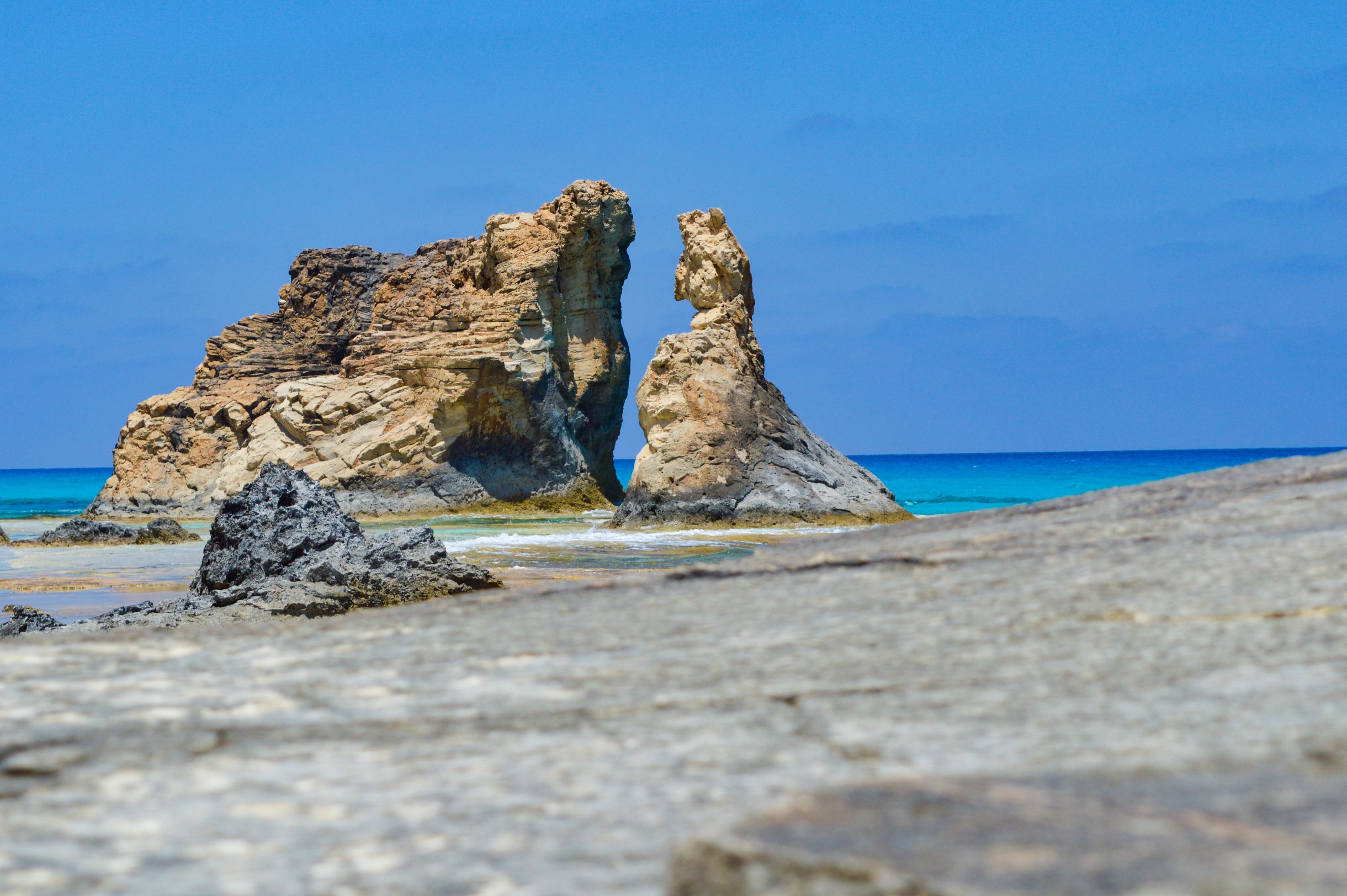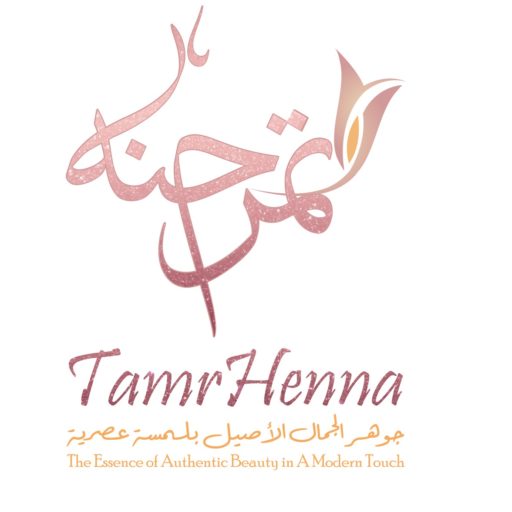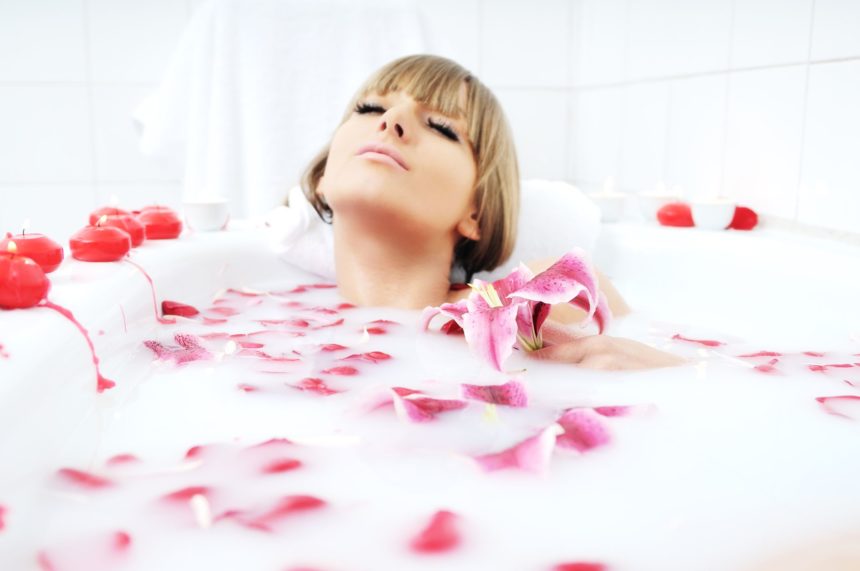Cleopatra Hammam is a staple of many spa menus today. There are several variations. A luxury spa might offer a salt scrub, a sesame and honey body wrap, and a relaxing massage with aromatic essential oils. Other spas offer steam baths, including relaxing in a sauna, steam bath, lying down in heated heating stone and jacuzzi, massaging the body with kese, and taking a foam bath.
Despite these variations, all of this is attributed to the healing powers & beneficial properties of water and steam baths using natural rich ingredients and aromatic essential oils to remove impurities, moisturize, and relax.
Join us as we discover the story of the Cleopatra hammam that we know today, as we are taking you on a journey through history.
The Rituals
Egyptian civilization was one of the most advanced societies in the ancient world and attributed great importance to personal hygiene. It paved the way for a modern-day beauty regimen.
The last queen of Egypt, Cleopatra, is an iconic figure admired for her beauty, intelligence, body, and looks. Her legend was sparked by Plutarch, Chaucer, Shakespeare, and numerous film adaptations.
She attributed her radiance and beauty to her beauty rituals, including wrapping herself in mud from the Dead Sea and another habit that is so-called now “Cleopatra’s Hammam.”
The queen was soaking in baths of fresh milk with raw honey, dead sea salts, fragrant essential oils like jasmine, sandalwood & lavender, rose petals, and natural perfumes using nature’s potent ingredients. The bath provided her with a sense of cleanliness, luxury, soft skin, beautification, and fragrance.
While it may seem like just a wasteful indulgence, milk is actually good for your skin; the lactic acid in milk helps remove dead skin cells and exfoliate the skin. As a result, the skin becomes silky smooth, radiant, and soft.
Cleopatra Hammam (Natural Bath) in Marsa Matrouh, Egypt
Cleopatra left behind monuments, bathrooms, and fondness rocks, which illustrate her legacy. One of them is the Cleopatra Hammam (a natural bath) in Marsa Matrouh, Egypt. To this day, thousands of people visit the historic landmark every year.
Marsa Matrouh is located 180 miles west of Alexandria and 267 miles from Cairo. Beach visitors have said that this is one of the prettiest beaches that they’ve seen… with almost pure white soft sand along with the serenity of crystal-clear water.
Located 5km to the northwest of Matrouh is the ‘Cleopatra Beach,’ filled with history, beauty, and mystery. Here you find traces of Cleopatra Hammam, named after Cleopatra because the queen used it daily.

At first glance, it appears to be a massive rock without life. When you approach and enter its gate, the sight of water flowing from one of its holes into another hole in a natural frame will catch your eye. During bathing, some holes in the rock’s ceiling allow sunlight to warm the water and bring warmth.


Tamr Henna Takes You to a Journey Through Time
Taking inspiration from the ancient hammam practices and recipes, we take a journey through time. We aim to create products for steam baths, skincare, body care, and hair care, rich in natural components and essential oils.
Tamr Henna believes in the magical power of nature-rich elements to bring you beautiful results.
Discover our products inspired by ancient hammam:https://www.tamrhenna.com/product-list/bath-moroccan-hammam



Leave a Reply